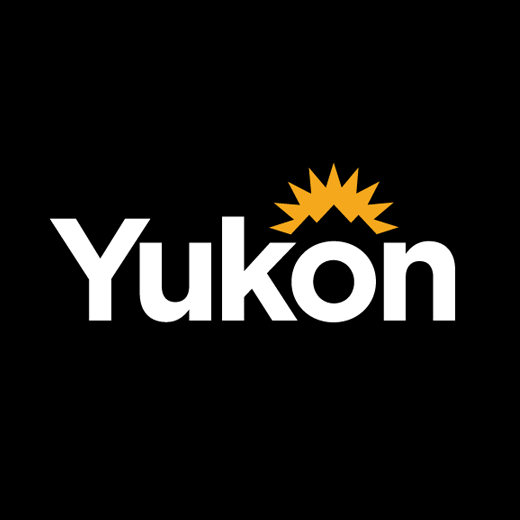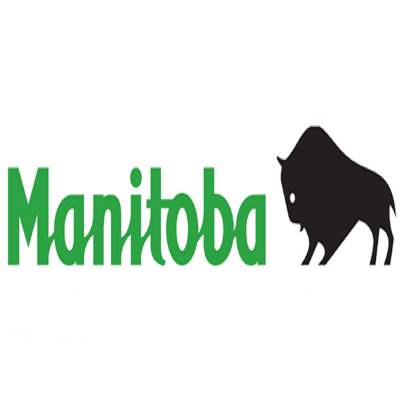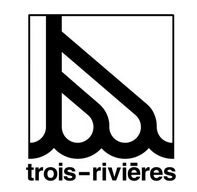creek
Type of resources
Topics
Keywords
Contact for the resource
Provided by
Formats
Representation types
Update frequencies
status
-
Rivers of the city of Trois-Rivières**This third party metadata element was translated using an automated translation tool (Amazon Translate).**
-

The field work for the inventory was carried out during the winter of 2004/2005 with the project delivered by the contractor in October 2005. Delineation was based on 1:10,000 black and white photography acquired by the City of Whitehorse in 2001. Mapping and DTM were available for this project based on the 2001 photography. Distributed from [GeoYukon](https://yukon.ca/geoyukon) by the [Government of Yukon](https://yukon.ca/maps) . Discover more digital map data and interactive maps from Yukon's digital map data collection. For more information: [geomatics.help@yukon.ca](mailto:geomatics.help@yukon.ca)
-

Features in the Hydrology - Line layer are representations of creeks, streams, and rivers for the City of Whitehorse. Data was modeled using the NENA NG9-1-1 GIS Data Template (NENA-REF-006. 2 -202 2 ). Distributed from [GeoYukon](https://yukon.ca/geoyukon) by the [Government of Yukon](https://yukon.ca/maps) . Discover more digital map data and interactive maps from Yukon's digital map data collection. For more information: [geomatics.help@yukon.ca](mailto:geomatics.help@yukon.ca)
-

Yukon Place Names are derived from the Yukon Place Name Program Database, which is the Government of Yukon's repository for storing toponymic data. The database includes information on the location, history and status of official place names in the Yukon. Although the data has been checked for correctness, there still may be errors. Please report any errors to the Yukon Toponymist: [Geographical.Names@yukon.ca](mailto:%20Geographical.Names@yukon.ca) If you wish to propose a name for a geographic feature please visit [https://yukon.ca/en/geographical-place-names](https://yukon.ca/en/geographical-place-names) . Distributed from [GeoYukon](https://yukon.ca/geoyukon) by the [Government of Yukon](https://yukon.ca/maps) . Discover more digital map data and interactive maps from Yukon's digital map data collection. For more information: [geomatics.help@yukon.ca](mailto:%20geomatics.help@yukon.ca)
-

The Yukon Geological Survey (YGS) has compiled over 195 surficial geology maps into a standardized GIS format, providing approximately 80% coverage of the territory. The maps range in scales from 1:250,000 to 1:10,000 with spatial overlap between scales. The original maps were produced by various agencies, including the Geological Survey of Canada, YGS, Yukon Government, universities, and the City of Whitehorse. All original feature descriptions have been preserved and also converted to standardized values using the Yukon terrain classification system. The compilation includes 4 GIS datasets and supporting documents available for download via [YGS integrated data system](https://data.geology.gov.yk.ca/Compilation/33#InfoTab) (YGSIDS) or GeoYukon. A .lyr file is [provided](https://data.geology.gov.yk.ca/Compilation/33#InfoTab) to symbolize feature classes and differentiate overlapping maps at different scales. Additionally, there is a surficial geology map index. The polygon attributes captured include surficial material, texture, age, surface expression, and geomorphological processes. Line features include geological contacts, glacial limits, glacial landforms (cirques, arêtes, eskers, meltwater channels, moraines), and non-glacial landforms (faults, lineaments, landslides, escarpments). Point features include field station, fossil and sample locations, glacial landforms (erratics, kames, kettles, drumlins, flutings), permafrost features (pingos, palsas, patterned ground, thermokarst depressions), and other non-glacial landforms (landslides, tors). The map index provides information on each map publication such as author, map title, map scale, publisher. These data are valuable for land-use applications in the territory, including: mineral and placer exploration, geotechnical engineering, infrastructure planning, granular resource assessments, permafrost modeling, agricultural assessments, forest management, and biophysical or ecological land classification. Distributed from GeoYukon by the Government of Yukon. Discover more digital map data and interactive maps from Yukon's digital map data collection. For more information: [geomatics.help@yukon.ca](mailto:geomatics.help@yukon.ca)
-

The Municipal Boundary layer defines the boundary of the City of Whitehorse which has local governmental powers and may be useful in determining jurisdictional authority for addressing and emergency response. Data was modeled using the NENA NG9-1-1 GIS Data Template (NENA-REF-006. 2 -202 2 ). Distributed from [GeoYukon](https://yukon.ca/geoyukon) by the [Government of Yukon](https://yukon.ca/maps) . Discover more digital map data and interactive maps from Yukon's digital map data collection. For more information: [geomatics.help@yukon.ca](mailto:geomatics.help@yukon.ca)
-

This collection of interactive web maps shows issued construction permits and manure management plans required under the Livestock Manure and Mortalities Management Regulation (LMMMR) in Manitoba. This web mapping application provides information about livestock manure management in Manitoba. Each tab displays a different source of data, including issued construction permits for manure storage facilities and confined livestock areas, manure management plans, watershed information, and environment office coverage areas and contact information. Issued Construction Permits: This web map shows construction permits, issued under the Livestock Manure and Mortalities Management Regulation (LMMMR), for manure storage facilities and confined livestock areas in Manitoba. Facilities built before the permit requirement that are registered with the province are also identified on the map. Manure Management Plans: This web map shows where annual manure management plans (MMP) have been submitted in accordance with the Livestock Manure and Mortalities Management Regulation (LMMMR) in Manitoba. The map also shows boundaries for certain areas and the Red River Valley Special Management Area. Ordered Drains: This web map shows the Designated Drains Index and Watershed Districts in Manitoba. Each polygon in the Designated Drains Index represents a drain map area and includes a link to an online drain map. Watershed Districts were established under the The Watershed Districts Act, proclaimed on January 1, 2020. Manitoba's Watershed Districts Program creates healthy and sustainable watersheds through land and water stewardship programs and partnerships. With funding from the Manitoba government and partnering municipalities, locally-appointed watershed district boards make planning and management decisions to improve watershed health across most of municipal Manitoba. Environment Offices: This web map shows coverage areas and provides contact information for Manitoba government Environmental Compliance and Enforcement offices.
 Arctic SDI catalogue
Arctic SDI catalogue
